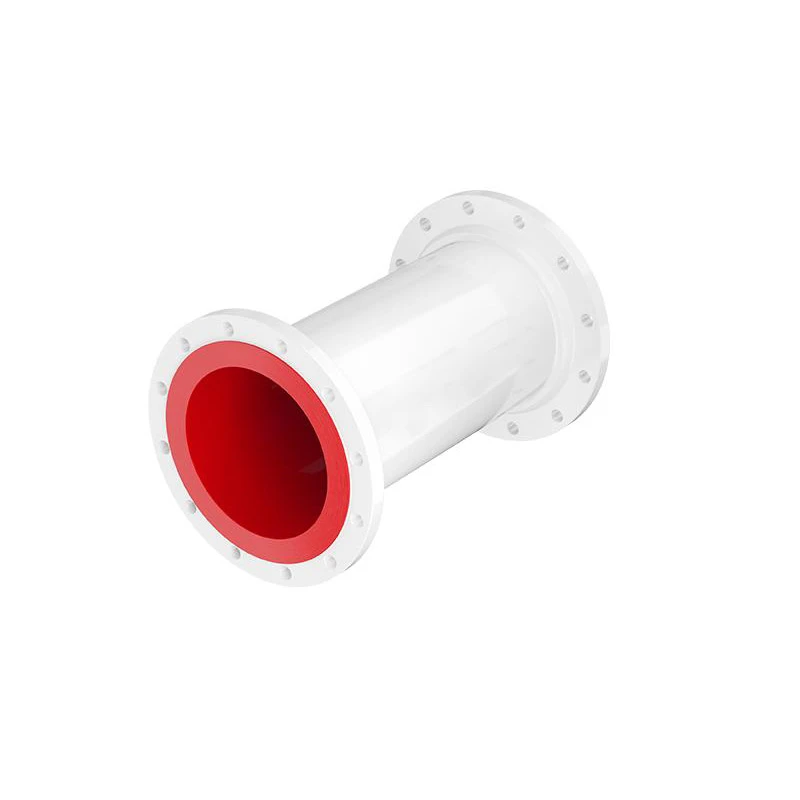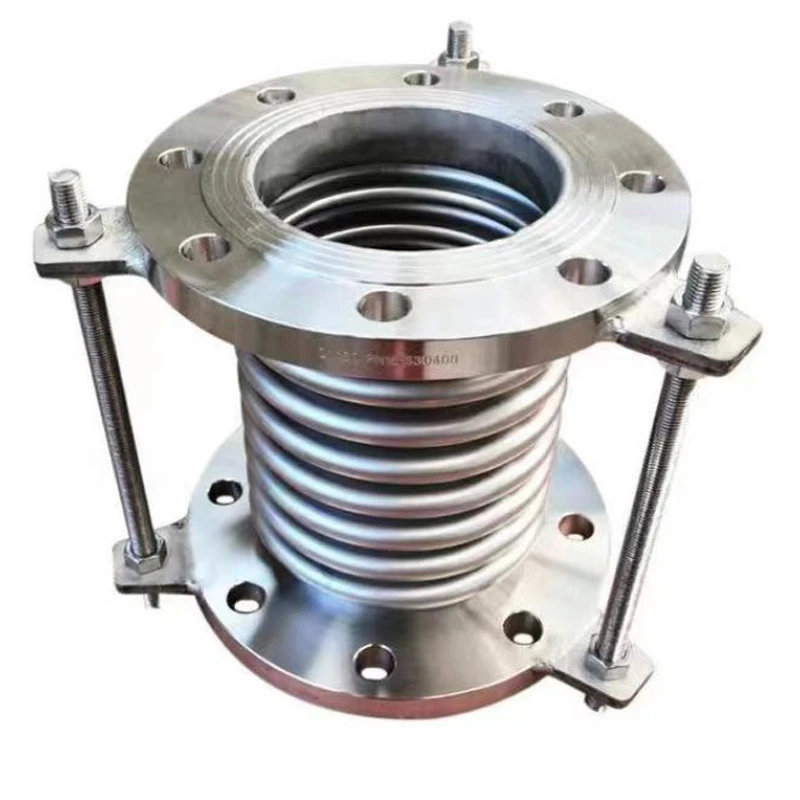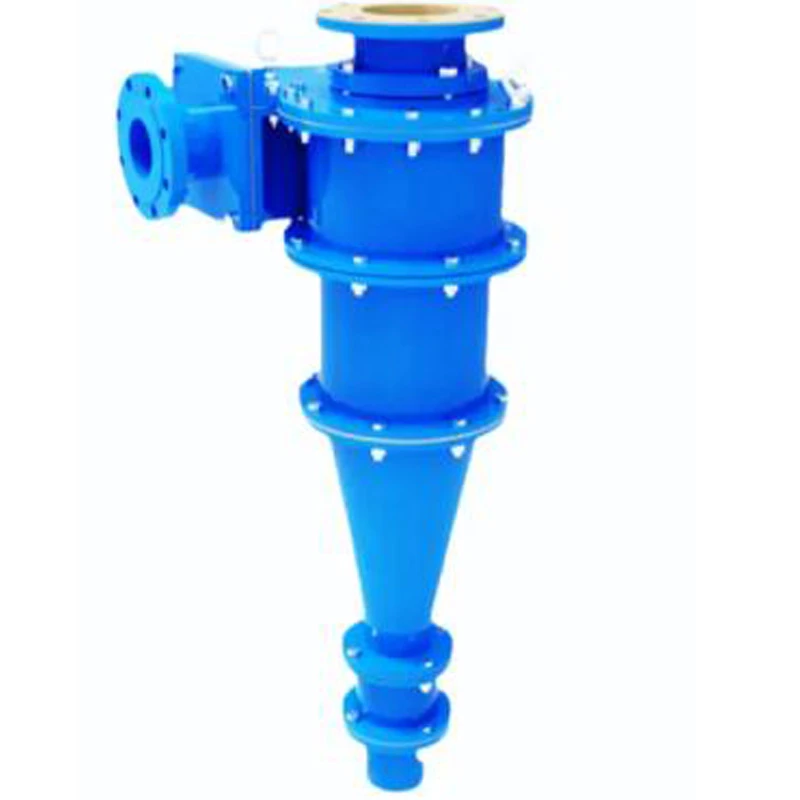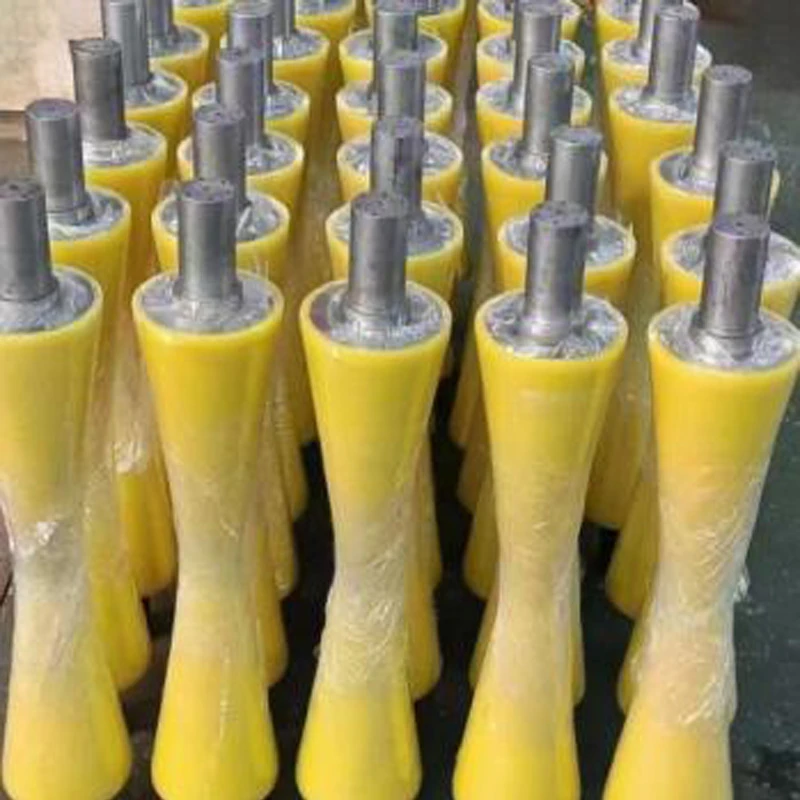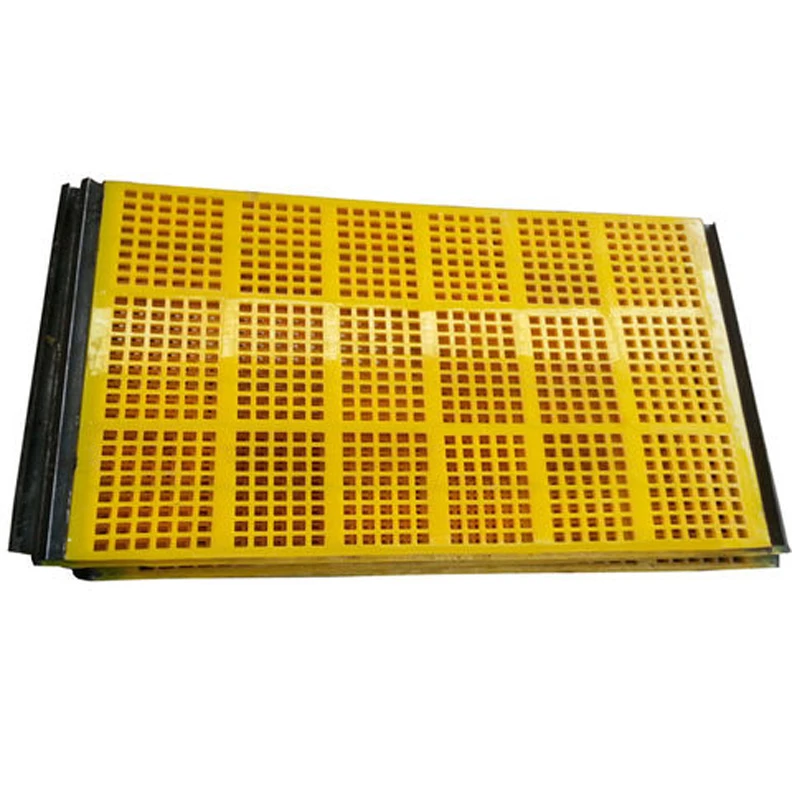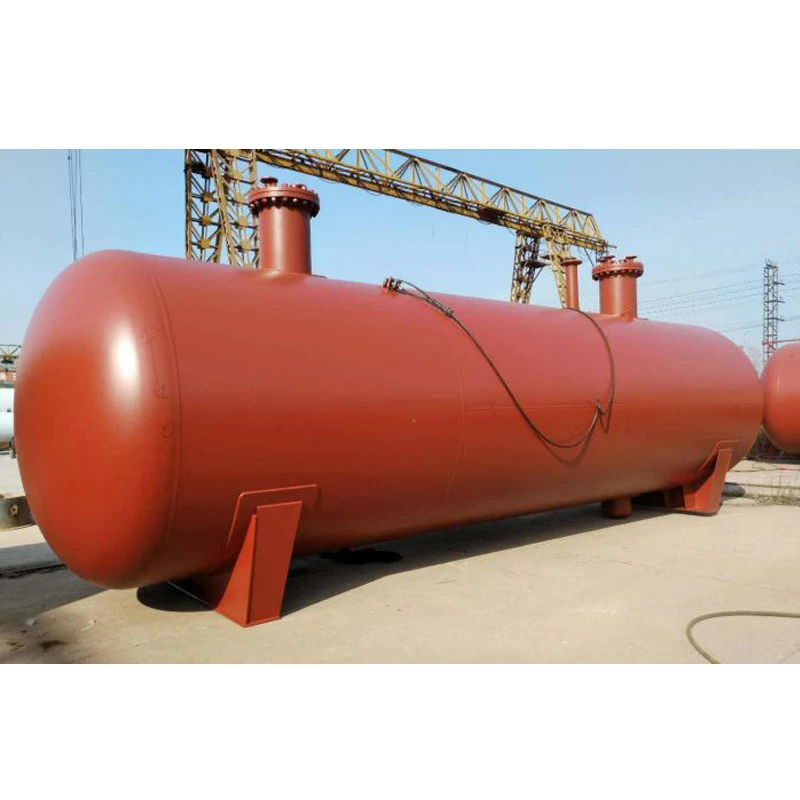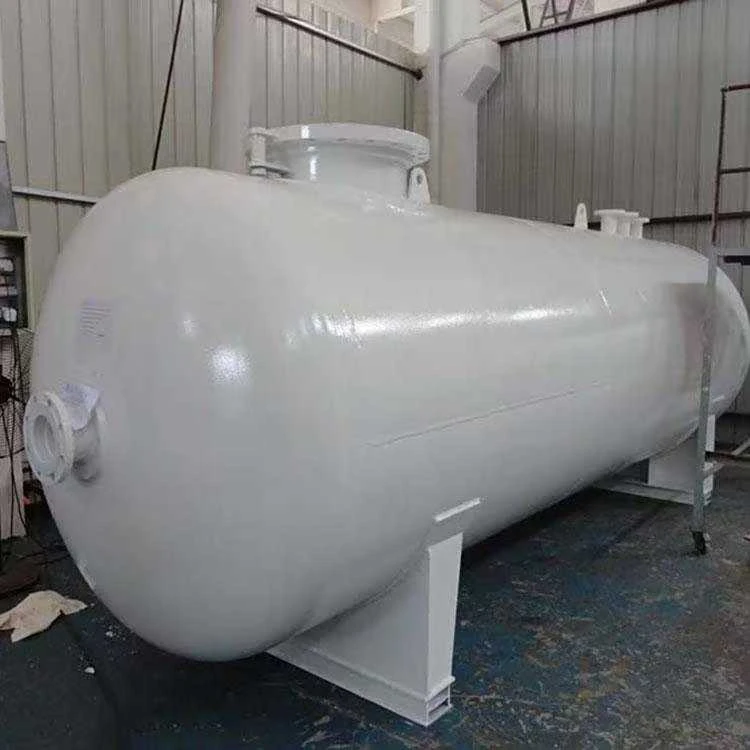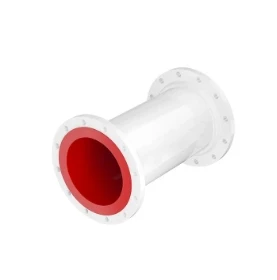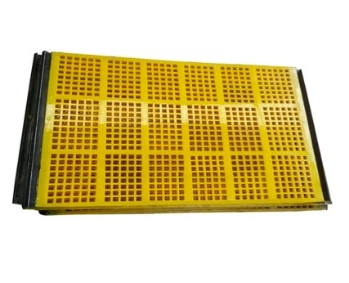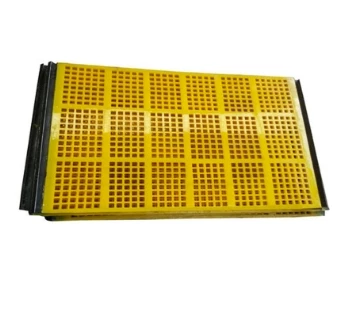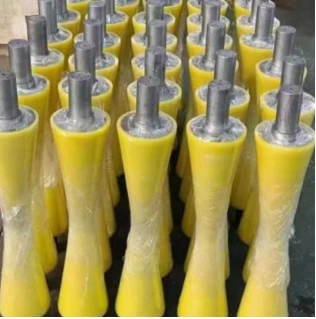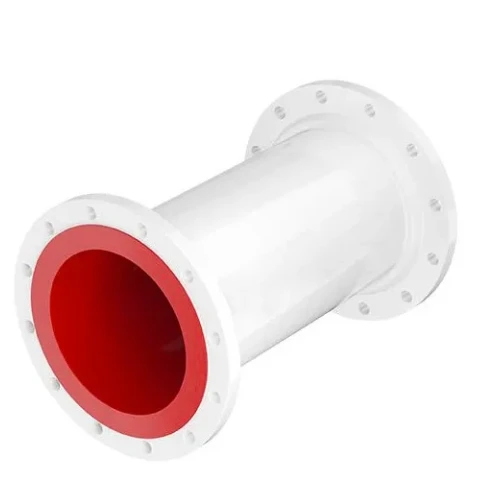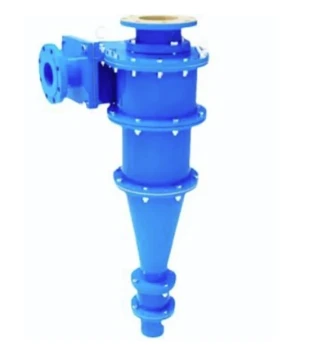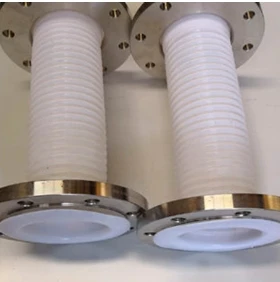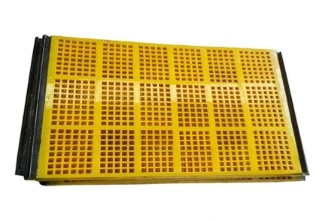Essential Types of Crushers in Mineral Processing
Crushing is a fundamental step in mineral processing, playing a crucial role in breaking down large rocks into manageable sizes for further extraction and refining. The types of crushers in mineral processing vary based on the hardness, size, and composition of the raw materials. Understanding these different crushers helps optimize efficiency and improve the recovery of valuable minerals.
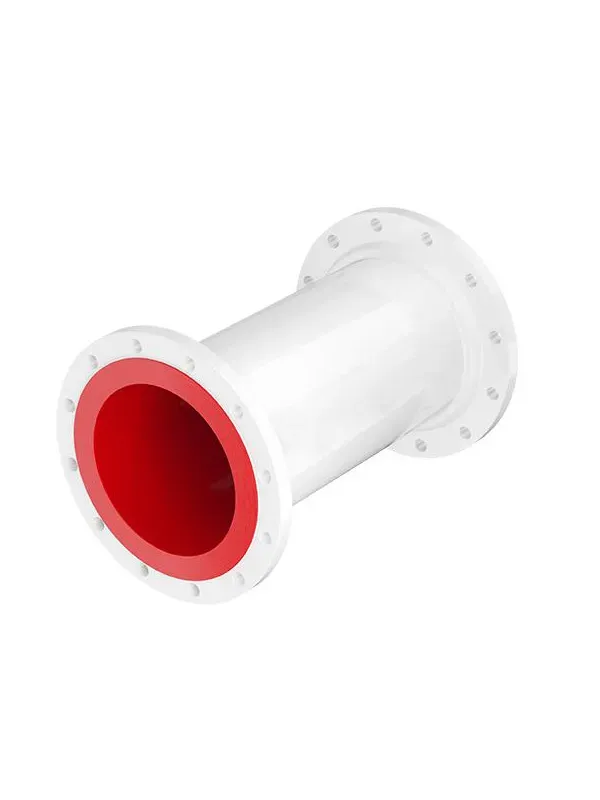
The most common types of crushers in mineral processing include jaw crushers, gyratory crushers, cone crushers, impact crushers, and roll crushers. Jaw crushers are widely used for their ability to handle hard materials and produce uniform particle sizes. They work by compressing the ore between a fixed and a moving jaw. Gyratory crushers function similarly but have a conical crushing head that provides continuous crushing action. Cone crushers, on the other hand, offer precise control over particle size and are preferred for secondary and tertiary crushing stages.
Impact crushers use high-speed impact forces to break down materials, making them ideal for softer ores and secondary crushing processes. Roll crushers, featuring two rotating cylinders, are used for producing fine particles with minimal fines generation. Each of these types of crushers in mineral processing has specific applications depending on the mineral being processed, ensuring the best possible recovery rates and operational efficiency.
Advanced Techniques in Lithium Ore Processing
With the rising demand for lithium in the battery industry, efficient lithium ore processing is more critical than ever. Lithium extraction begins with mining, where spodumene, lepidolite, and other lithium-bearing minerals are extracted from rock formations. The processing of lithium ore involves several stages, including crushing, grinding, flotation, roasting, and leaching.
Initially, the ore undergoes crushing and grinding using specialized types of crushers in mineral processing to reduce it to a suitable size for further treatment. Flotation is a key step in lithium ore processing, where collectors and frothers help separate lithium-rich minerals from impurities. The concentrated lithium minerals are then subjected to roasting at high temperatures, converting spodumene into a more reactive form. This is followed by acid leaching, which extracts lithium into a solution, from which lithium carbonate or lithium hydroxide is ultimately recovered.
Another innovative approach in lithium ore processing is direct lithium extraction (DLE), a newer technology that enables the recovery of lithium from brines without extensive evaporation. This method improves efficiency and reduces environmental impact. As lithium demand continues to surge, advancements in lithium ore processing are essential for maintaining a stable supply chain for electric vehicles, renewable energy storage, and other high-tech applications.
Key Methods in Iron Ore Mineral Processing
The efficiency of iron ore mineral processing determines the quality and purity of the final iron product. With steel production being a major industry worldwide, the need for effective iron ore beneficiation techniques is paramount. Iron ore mineral processing involves several key steps, including crushing, screening, grinding, magnetic separation, flotation, and dewatering.
Crushing and grinding play a vital role in breaking down iron ore into smaller particles, utilizing different types of crushers in mineral processing to optimize size reduction. Jaw crushers and cone crushers are commonly used in this stage. After crushing, the ore undergoes screening to classify different particle sizes, ensuring that only the required fractions proceed to the next processing steps.
Magnetic separation is a primary technique in iron ore mineral processing, used mainly for magnetite-rich ores. This process involves passing the crushed ore through magnetic fields to separate magnetic minerals from non-magnetic impurities. For hematite ores, flotation techniques are commonly employed, using reagents that selectively bind to iron minerals, allowing their separation from waste materials.
Further steps in iron ore mineral processing include thickening and filtration to remove excess moisture from the iron concentrate, ensuring optimal handling and transport efficiency. The final processed iron ore is then used in blast furnaces for steel production or direct reduced iron (DRI) plants for high-purity iron manufacturing.
Sustainable Innovations in Lithium Ore Processing and Iron Ore Mineral Processing
As the global demand for both lithium and iron ore continues to rise, the industry is focusing on sustainable innovations in lithium ore processing and iron ore mineral processing. Traditional mining and processing methods often consume large amounts of energy and water, generating significant waste. To address these challenges, companies are adopting environmentally friendly technologies to enhance efficiency and reduce environmental impact.
In lithium ore processing, companies are shifting toward more sustainable extraction methods such as geothermal lithium recovery, which harnesses heat from the Earth to extract lithium without excessive water consumption. Additionally, recycling lithium-ion batteries is becoming a crucial part of the supply chain, reducing reliance on newly mined lithium.
For iron ore mineral processing, advancements in dry magnetic separation techniques help reduce water usage in beneficiation processes. Additionally, hydrogen-based iron ore reduction is emerging as a greener alternative to traditional blast furnaces, significantly cutting down carbon emissions in steel production.
With these sustainable innovations, lithium ore processing and iron ore mineral processing are evolving to meet future demands while minimizing environmental impact.
Lithium ore processing FAQs
What are the most common types of crushers in mineral processing?
The most common types of crushers in mineral processing include jaw crushers, gyratory crushers, cone crushers, impact crushers, and roll crushers. Jaw crushers are widely used for their durability and ability to handle hard materials, while cone crushers provide precise size control. Gyratory crushers are suitable for large-scale operations, impact crushers work well for softer materials, and roll crushers produce fine particles with minimal waste.
Why is lithium ore processing important for the battery industry?
Lithium ore processing is crucial for the battery industry because lithium is a key component in lithium-ion batteries, which power electric vehicles, smartphones, and renewable energy storage systems. Efficient processing ensures a steady supply of high-purity lithium compounds, essential for battery performance and longevity. As demand for lithium continues to grow, advanced processing techniques help improve recovery rates and reduce environmental impact.
What are the main steps in iron ore mineral processing?
Iron ore mineral processing involves multiple stages, including crushing, screening, grinding, magnetic separation, flotation, and dewatering. Crushing and grinding reduce ore size for further processing, while magnetic separation removes impurities. Flotation is used for non-magnetic iron ores like hematite, and dewatering ensures optimal moisture content for transport and smelting.
How do modern technologies improve lithium ore processing?
Modern technologies in lithium ore processing include direct lithium extraction (DLE), geothermal lithium recovery, and advanced flotation techniques. These methods enhance lithium recovery rates, reduce water and energy consumption, and minimize environmental impact. Additionally, battery recycling technologies help recover lithium from used batteries, reducing the need for new mining operations.
What are the environmental benefits of sustainable iron ore mineral processing?
Sustainable iron ore mineral processing methods, such as dry magnetic separation and hydrogen-based iron reduction, significantly reduce water usage and carbon emissions. These technologies help make steel production more environmentally friendly while maintaining efficiency and cost-effectiveness. As global industries push for greener solutions, adopting sustainable practices in iron ore mineral processing is essential for reducing ecological footprints.
Related Products
Our main products are polyurethane lined pipes, mining equipment fittings and metal hoses.




